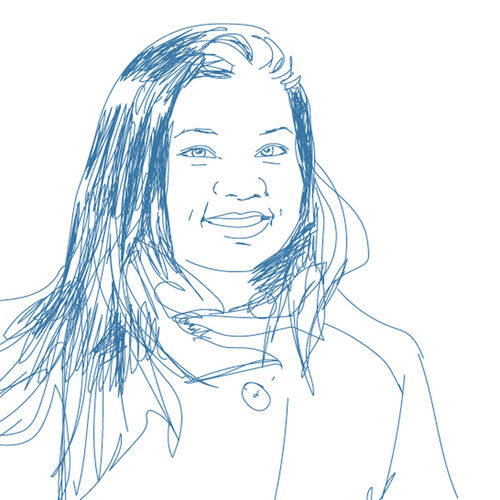Low Tech + High Impact Building Skin for Bangladesh
An architect plays a very important role is people’s lives. He/she can make or break lifestyles. I feel that architecture in Bangladesh is on the brink of going either way.
Vernacular architecture in Bangladesh is very adaptive of climate. In the early ‘60s, architecture giant Mazharul Islam designed and developed articulate and inspirational architecture in Bangladesh that had a sense of place. But recently there are so many choices of global architectural styles and materials, it seems that the resulting typology of built forms are not really our own. And as a result of skyrocketing land prices the building skin is given very little thought/depth in order to optimize the usable interior space. Yet the building skin can play a major role in gaining thermal and visual comfort and to decrease cooling loads considerably. With sources of energy diminishing day by day, it should be a priority for architects to research and recognize how they can contribute to making efficient and sustainable buildings. Learning to incorporate regional climate into building design, rather than resist it, should be the first step towards gaining basic comfort and increased efficiency.
For my individual project at Transsolar Academy, I’d like to refresh my vision with the help of everything I learn and generate a low-tech, high-impact building skin typology, by studying climate, material properties, form, angle, orientation, design innovation etc, that can be used not only for residential and commercial buildings but also to revolutionize the norm of building skin design and construction in Bangladesh.
Mentor: Matthias Rammig

Eshita Rahman – Bangladesh
Eshita graduated from BRAC UNiversity Bangladesch in 2010. She worked as architect for the Dhaka Division of Ehsan Khan and Architects LTD. before joining the Transsolar Academy. She is now working in her own architectural studio together with her husband and friends.
